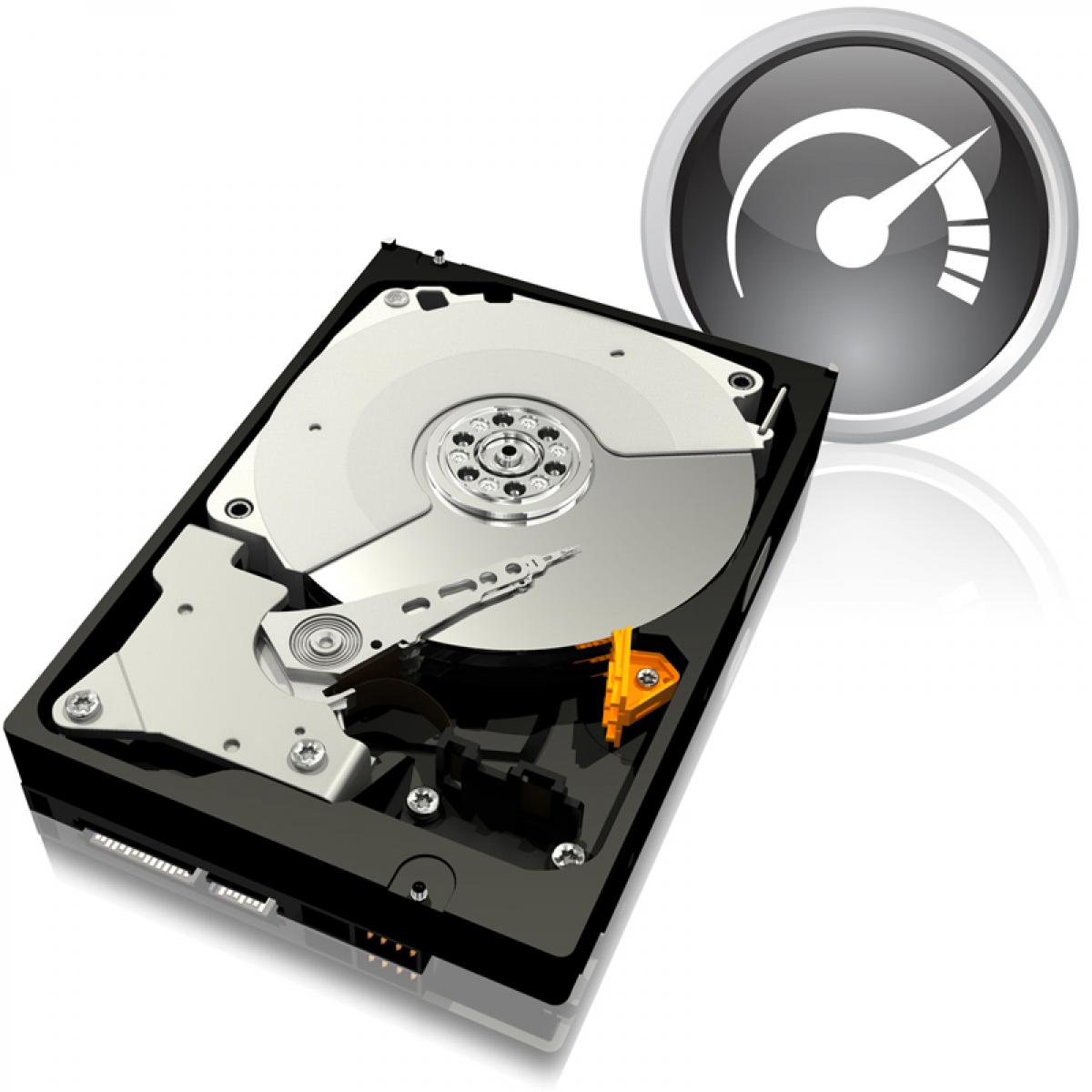

- Smart utility for western digital hard drives how to#
- Smart utility for western digital hard drives full#
- Smart utility for western digital hard drives software#
- Smart utility for western digital hard drives windows#
These indicators include bad sectors, reassigned sectors, the number of spin starts until the spindle reaches full speed (Spin Retry Counts), and many others. For example, there's a ‘fast SMART check’ that queries the most important indicators in the firmware of the hard drive (according to the manufacturer's definition). SMART tools can perform several different tests on the hard drive. The incorrect use of CHKDSK can do more harm than good and can permanently destroy data that may otherwise have been recoverable.

This type of analysis is only possible with special SMART diagnostic tools.Ī general word of warning: use CHKDSK with caution. This is certainly important information, but only as a second step, as you first want to determine the physical condition of the hard drive and how long it will last for. On the other hand, the detailed report from CHKDSK contains important information about whether the index entries of the hard disk are correct, as well as if the security descriptions of the data are correct and any problems with the data structures. Just note that the tool does not list all the available information of SMART analysis, but only generally says that the storage medium is either functioning or not. Subsequently, the tool checks the respective hard drive and delivers a report. However, you only want to get information about whether something is wrong or not, therefore you should make sure that you have not clicked either the "Automatic Data System Error Correction" or "Find/Restore Bad Sectors" options.
Smart utility for western digital hard drives windows#
It's possible to start the ‘CHKDSK’ tool quickly with a right-click on the hard drive under ‘Properties > Tools > Error check’ under the Windows operating system. Instead, they have to be collected with the help of special tools. Unfortunately, most operating systems do not automatically determine the diagnosis data and present it to the user in a clear format. For this reason, you should look to use SMART tools throughout the life of your device at regular intervals, monitoring the results periodically. It’s also often the case that users will come into contact with SMART tools when damage has already occurred (and when it’s often too late). This can come in very handy to monitor the health of your Solid-State Drives.

One of these possible attributes is the SSD indicator "SSD Life Left." It shows the approximate SSD remaining lifetime with respect to program/erase cycles or flash blocks that are currently available. This will help you in deciding whether or not to replace your hardware in order to avoid potential data loss. When a failure is detected, it can be flagged as a "Possible Indicator for an Impending Electromechanical Failure." In addition, SMART tools cover about 30 other attributes, which can be queried and serve as indicators to predict any impending failures. SMART tools include ten critical indications that can be examined within the hard drive. According to a study conducted by Google several years ago, two out of three hard drive crashes can be predicted using such an analysis. Almost all modern hard drives now support SMART analysis tools to check the physical condition of the media. The most important technology used in checking a hard drive is SMART (Self-Monitoring, Analysis and Reporting Technology). The quality of tools can vary – some are relatively harmless, while others can interfere so deeply with the hardware that the hard drive (and data) can experience severe damage from the tool.
Smart utility for western digital hard drives software#
If the hard drive is still responding, there are a variety of suitable diagnostic software products that individuals can use to assess the condition of the device.
Smart utility for western digital hard drives how to#
Many users find it irritating and do not know how to react is it a one-off event or is it a recurring problem? Hard drive failures can happen relatively quickly, especially as the average lifetime of these devices is usually only around three to five years. Unlike the usual symptoms of a loud scratching or ‘clicking’ noise, it's not always immediately clear whether a hard drive is physically defective or not.

Whether you're a private user or work within an IT department, you can sometimes face a horrifying reality – the hard drive I am using is no longer working as it should.


 0 kommentar(er)
0 kommentar(er)
